Submitted by WA Contents
Alejandro Aravena talks about his architectural philosophy bringing the community into the process
Chile Architecture News - Jan 18, 2016 - 16:10 10673 views
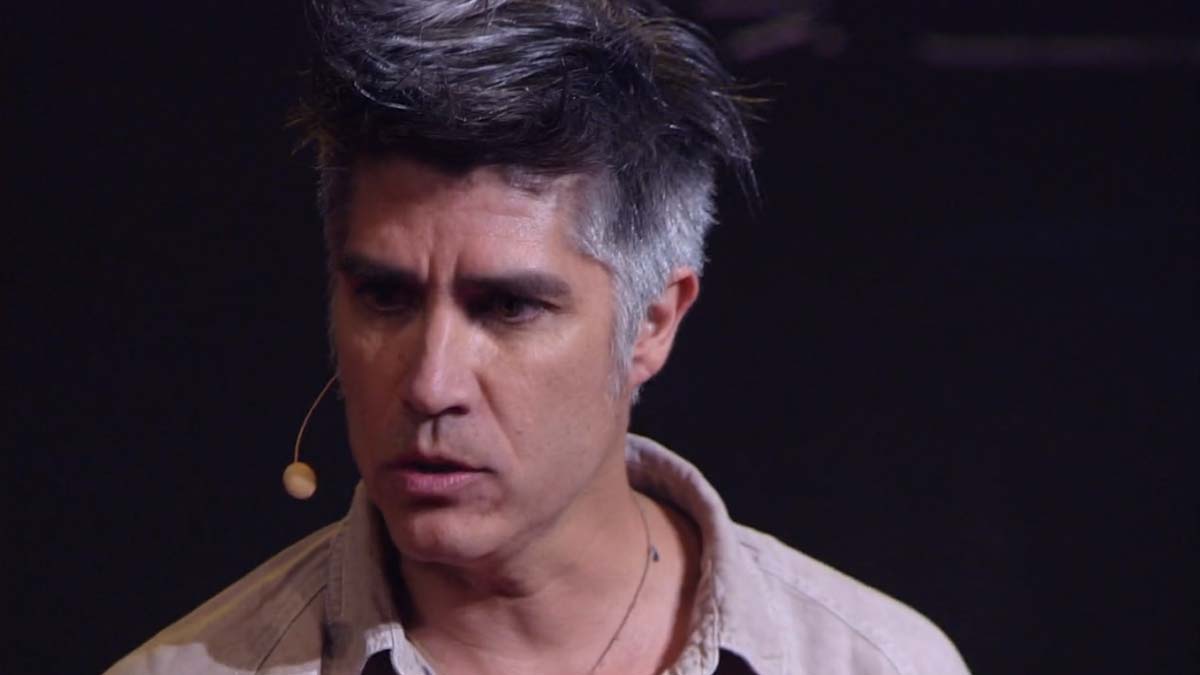
image via screenshot from TED Video of Alejandro Aravena
Alejandro Aravena is now on the world stage with his prestigious prize! Chilean architect Alejandro Aravena has been named the 2016 Pritzker Architecture Prize laureate, announced January 13, 2016. Undoubtedly, the Pritzker Prize brings Aravena's works to the global stage more closely and makes his projects more discussable on what is Aravena's architectural philosophy in a real sense? In Araena's TED Conference presented in 2014, the architect explains his own design approach by focusing on how the complex problems of the buildings can be solved with simple solutions as a design methodology. Aravena follows up a participatory process with the community and this gets a real solutions and introduces itself as 'humanitarian architecture' at the end.
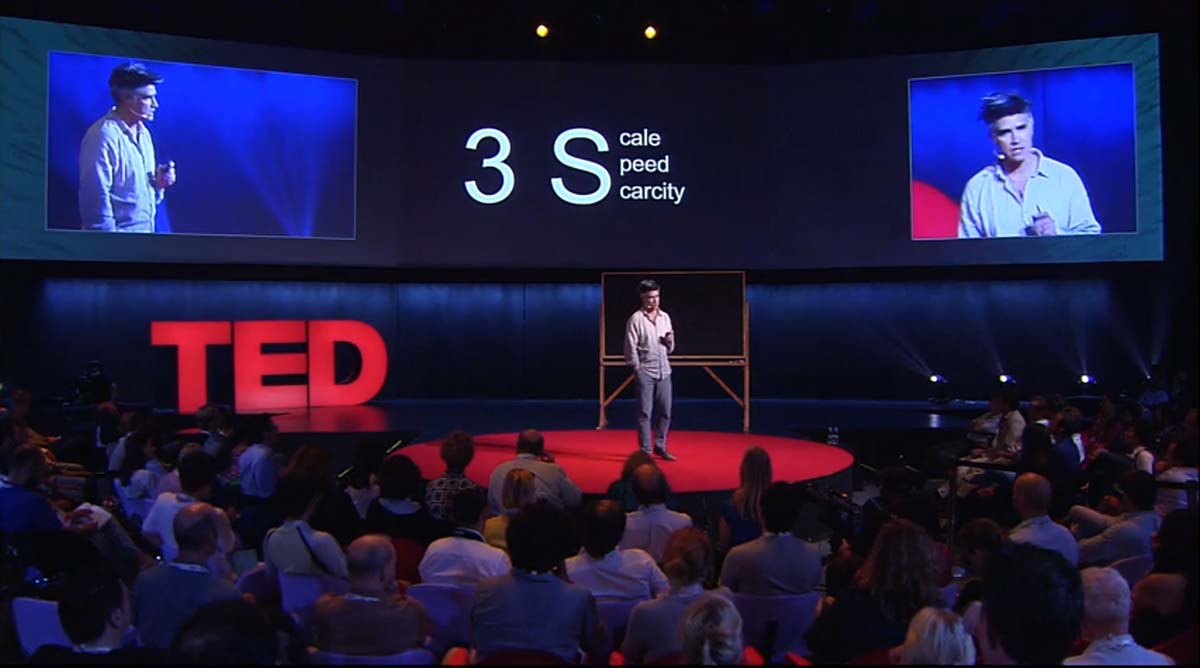
image via screenshot from TED Video of Alejandro Aravena
When asked to build housing for 100 families in Chile ten years ago, Alejandro Aravena looked to an unusual inspiration: the wisdom of favelas and slums. Rather than building a large building with small units, he built flexible half-homes that each family could expand on. It was a complex problem, but with a simple solution — one that he arrived at by working with the families themselves. With a chalkboard and beautiful images of his designs, Aravena walks us through three projects where clever rethinking led to beautiful design with great benefit.
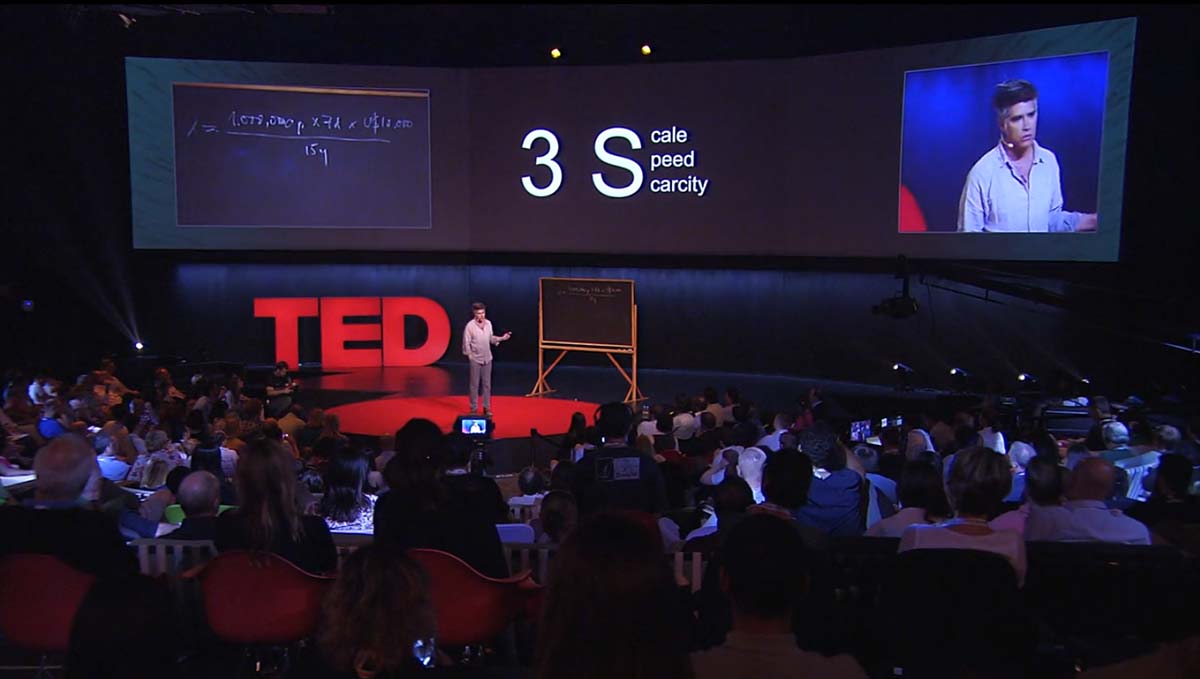
Aravena expalins that ''let's start with the global challenge of urbanization. It's a fact that people are moving towards cities. and even if counterintuitive, it's good news. Evidence shows that people are better off in cities. But there's a problem that I would call the "3S" menace: The scale, speed, and scarcity of means with which we will have to respond to this phenomenon has no precedence in history. For you to have an idea, out of the three billion people living in cities today, one billion are under the line of poverty. By 2030, out of the five billion people that will be living in cities, two billion are going to be under the line of poverty. That means that we will have to build a one million-person city per week with 10,000 dollars per family during the next 15 years. A one million-person city per week with 10,000 dollars per family. If we don't solve this equation, it is not that people will stop coming to cities. They will come anyhow, but they will live in slums, favelas and informal settlements''
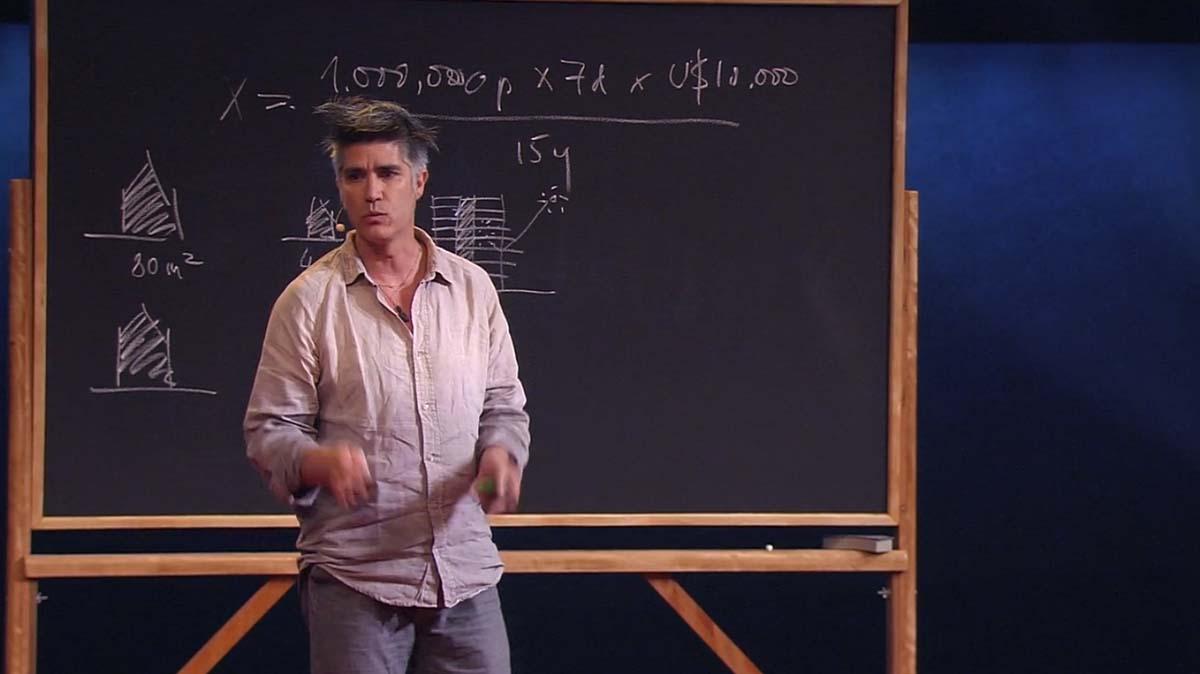
image via screenshot from TED Video of Alejandro Aravena
''So what to do? Well, an answer may come from favelas and slums themselves. A clue could be in this question we were asked 10 years ago. We were asked to accommodate 100 families that had been occupying illegally half a hectare in the center of the city of Iquique in the north of Chile using a $10,000 subsidy with which we had to buy the land, provide the infrastructure, and build the houses that, in the best of the cases, would be of around 40 square meters. And by the way, they said, the cost of the land,because it's in the center of the city, is three times more than what social housing can normally afford.Due to the difficulty of the question, we decided to include the families in the process of understanding the constraints, and we started a participatory design process, and testing what was available there in the market. Detached houses, 30 families could be accommodated. Row houses, 60 families. ["100 families"] The only way to accommodate all of them was by building in height, and they threatened us to go on a hunger strike if we even dared to offer this as a solution, because they could not make the tiny apartments expand. So the conclusion with the families — and this is important, not our conclusion —with the families, was that we had a problem. We had to innovate''
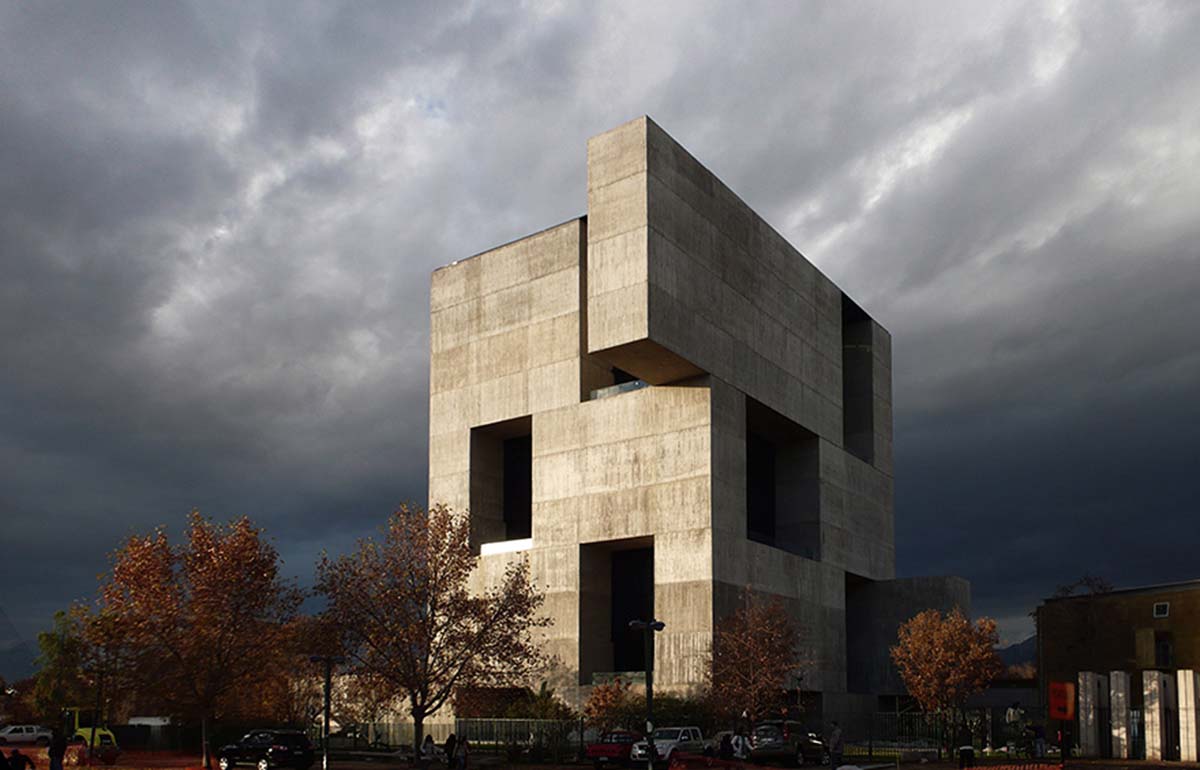
UC Innovation Center – Anacleto Angelini, 2014, San Joaquín Campus, Universidad Católica de Chile, Santiago, Chile. image © Cristobal Palma, Felipe Diaz Contardo, Nina Vidic, Nico Saieh.
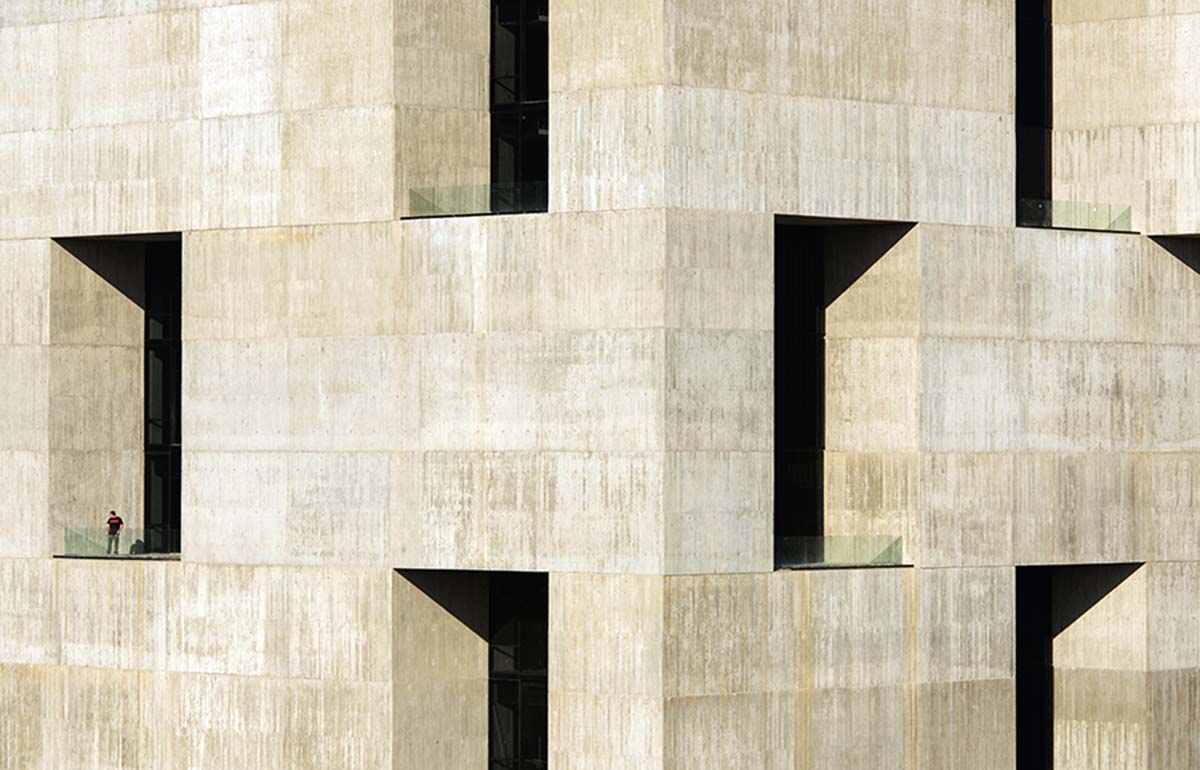
UC Innovation Center – Anacleto Angelini, 2014, San Joaquín Campus, Universidad Católica de Chile, Santiago, Chile. image © Cristobal Palma, Felipe Diaz Contardo, Nina Vidic, Nico Saieh.
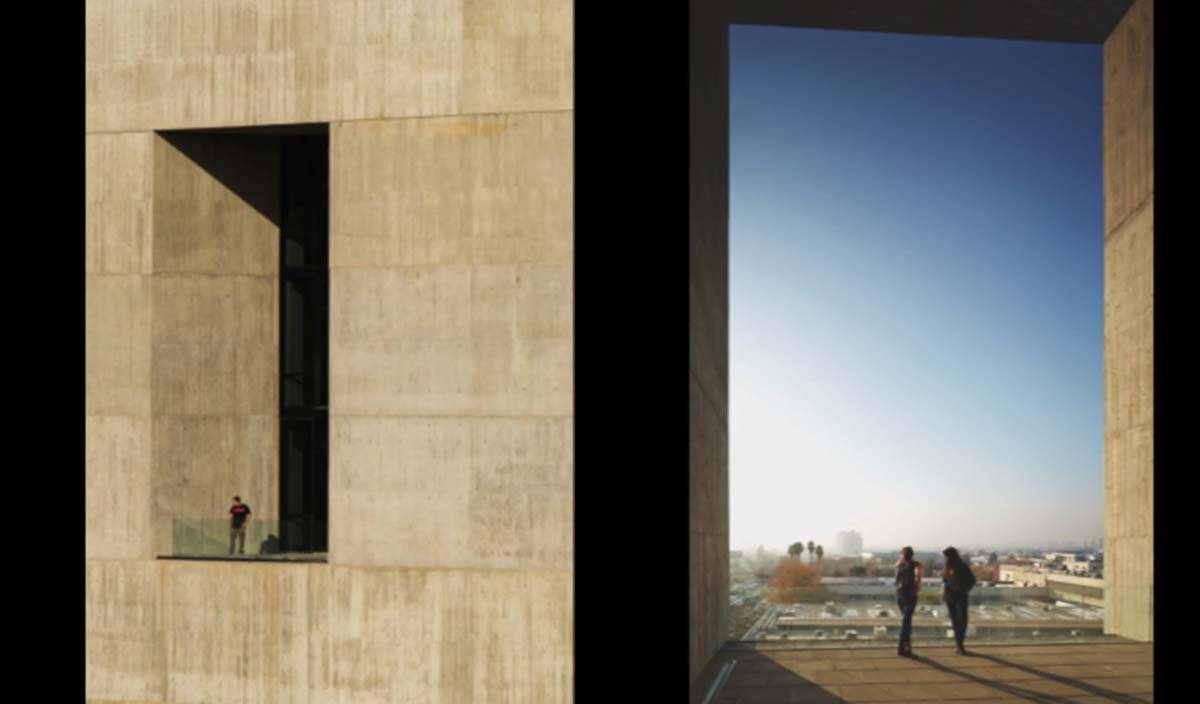
UC Innovation Center – Anacleto Angelini, 2014, San Joaquín Campus, Universidad Católica de Chile, Santiago, Chile. image via screenshot from TED Video of Alejandro Aravena